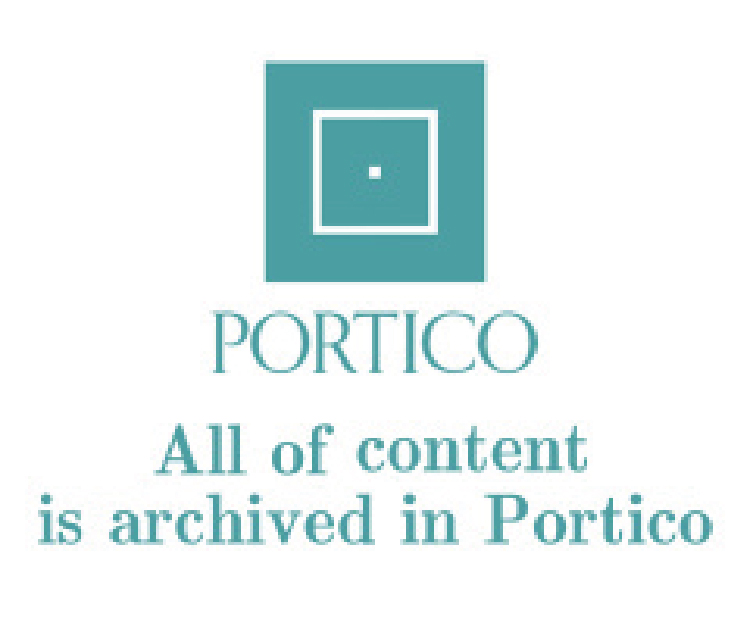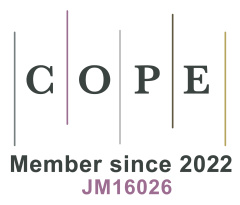Study on the regulatory mechanism of Panax notoginseng saponins on the mechanical response of glial cells after cerebral ischemia
Abstract
Neuroglial cells, especially microglia and astrocytes, are crucial in the brain’s recovery process after ischemic injury. Recent studies have shown that Panax notoginseng saponins (PNS) have potential therapeutic effects on the mechanical responses of neuroglial cells and their related regulatory mechanisms after cerebral ischemia. This study investigated the regulatory effects of PNS on neuroglial cells after cerebral ischemia, with a focus on its impact on microglial activation and cellular mechanical responses. Experimental results demonstrated that PNS significantly enhanced the mechanical stiffness of microglial cells (Young’s modulus increased by 27.65%), a mechanism involving the scavenging of reactive oxygen species (ROS levels reduced, P < 0.01), stabilization of the cytoskeleton, and modulation of membrane tension, thereby suppressing the release of inflammatory factors and pathological activation. Additionally, LPNS pretreatment effectively protected the membrane integrity of astrocytes (LDH release decreased by 18.05%–29.54%), attributed to the synergistic effects of antioxidation, membrane stabilization, and anti-apoptosis. In the ischemia-reperfusion model, PNS markedly reduced leukocyte adhesion in cerebral blood vessels (72 h) by inhibiting endothelial adhesion molecule expression, improving nitric oxide (NO) production, and alleviating oxidative stress.
References
1. Wu T, Jia Z, Dong S, et al. Panax notoginseng Saponins Ameliorate Leukocyte Adherence and Cerebrovascular Endothelial Barrier Breakdown upon Ischemia-Reperfusion in Mice. Journal of Vascular Research. 2019; 56(1): 1-10. doi: 10.1159/000494935
2. Hu BY, Liu XJ, Qiang R, et al. Treatment with ginseng total saponins improves the neurorestoration of rat after traumatic brain injury. Journal of Ethnopharmacology. 2014; 155(2): 1243-1255. doi: 10.1016/j.jep.2014.07.009
3. Fan D, Song S, Ji X, et al. Panax notoginseng saponins in the treatment of ischemic stroke: Meta-analysis and systematic review. The National Library of Medicine; 2024. doi: 10.21203/rs.3.rs-5155076/v1
4. Zhang S, Chen Q, Jin M, et al. Notoginsenoside R1 alleviates cerebral ischemia/reperfusion injury by inhibiting the TLR4/MyD88/NF-κB signaling pathway through microbiota-gut-brain axis. Phytomedicine. 2024; 128: 155530. doi: 10.1016/j.phymed.2024.155530
5. Tan B, Wu X, Yu J, et al. The Role of Saponins in the Treatment of Neuropathic Pain. Molecules. 2022; 27(12): 3956. doi: 10.3390/molecules27123956
6. Lin Z, Xie R, Zhong C, et al. Recent progress (2015–2020) in the investigation of the pharmacological effects and mechanisms of ginsenoside Rb1, a main active ingredient in Panax ginseng Meyer. Journal of Ginseng Research. 2022; 46(1): 39-53. doi: 10.1016/j.jgr.2021.07.008
7. Yuan L, Sun S, Pan X, et al. Pseudoginsenoside-F11 improves long-term neurological function and promotes neurogenesis after transient cerebral ischemia in mice. Neurochemistry International. 2020; 133: 104586. doi: 10.1016/j.neuint.2019.104586
8. Ong WY. Protective effects of ginseng on neurological disorders. Frontiers in Aging Neuroscience. 2015; 7. doi: 10.3389/fnagi.2015.00129
9. Hao L, Chen L, Xue ML, et al. Acorus Tatarinowii Potentiates Panax Notoginseng Saponins Via TLR4/Myd88/NF-kB Signaling Pathway Amelioration of Brain-Gut Barrier Damage in Rats with Cerebral Ischemia/Reperfusion Injury. Reperfusion Injury; 2023.
10. Wu X. Regulatory Role of Chinese Herbal Medicine in Regulated Neuronal Death. CNS & Neurological Disorders-Drug Targets. 2021; 20(3): 228-248. doi: 10.2174/19963181mta4qnzigz
11. Ren ZL, Zuo PP. Neural Regeneration: Role of Traditional Chinese Medicine in Neurological Diseases Treatment. Journal of Pharmacological Sciences. 2012; 120(3): 139-145. doi: 10.1254/jphs.12r06cp
12. Huang P, Wan H, Shao C, et al. Recent Advances in Chinese Herbal Medicine for Cerebral Ischemic Reperfusion Injury. Frontiers in Pharmacology. 2022; 12. doi: 10.3389/fphar.2021.688596
13. García-Pupo L, Van San E, Delgado-Hernández R, et al. Emerging immune and cell death mechanisms in stroke: Saponins as therapeutic candidates. Brain, Behavior, & Immunity-Health. 2020; 9: 100152. doi: 10.1016/j.bbih.2020.100152
14. Long Y, Yang Q, Xiang Y, et al. Nose to brain drug delivery—A promising strategy for active components from herbal medicine for treating cerebral ischemia reperfusion. Pharmacological Research. 2020; 159: 104795. doi: 10.1016/j.phrs.2020.104795
15. He Y, Wang J, Ying C, et al. The interplay between ferroptosis and inflammation: therapeutic implications for cerebral ischemia-reperfusion. Frontiers in Immunology. 2024; 15. doi: 10.3389/fimmu.2024.1482386
16. Shoaib RM, Ahsan MZ, Akhtar U, et al. Ginsenoside Rb1, a principal effective ingredient of Panax notoginseng, produces pain antihypersensitivity by spinal microglial dynorphin A expression. Neuroscience Research. 2023; 188: 75-87. doi: 10.1016/j.neures.2022.11.003
17. Kim M, Mok H, Yeo WS, et al. Role of ginseng in the neurovascular unit of neuroinflammatory diseases focused on the blood-brain barrier. Journal of Ginseng Research. 2021; 45(5): 599-609. doi: 10.1016/j.jgr.2021.02.003
18. Ren ZL, Zuo PP. Neural Regeneration: Role of Traditional Chinese Medicine in Neurological Diseases Treatment. Journal of Pharmacological Sciences. 2012; 120(3): 139-145. doi: 10.1254/jphs.12r06cp
19. Yao M, Zhang L, Wang L. Astragaloside IV: A promising natural neuroprotective agent for neurological disorders. Biomedicine & Pharmacotherapy. 2023; 159: 114229. doi: 10.1016/j.biopha.2023.114229
20. Fan G, Liu M, Liu J, et al. Traditional Chinese medicines treat ischemic stroke and their main bioactive constituents and mechanisms. Phytotherapy Research. 2023; 38(1): 411-453. doi: 10.1002/ptr.8033
21. Briscoe BJ, Sebastian KS, Adams MJ. The effect of indenter geometry on the elastic response to indentation. Journal of Physics D: Applied Physics. 1994; 27(6): 1156-1162. doi: 10.1088/0022-3727/27/6/013
Copyright (c) 2025 Author(s)

This work is licensed under a Creative Commons Attribution 4.0 International License.
Copyright on all articles published in this journal is retained by the author(s), while the author(s) grant the publisher as the original publisher to publish the article.
Articles published in this journal are licensed under a Creative Commons Attribution 4.0 International, which means they can be shared, adapted and distributed provided that the original published version is cited.



 Submit a Paper
Submit a Paper
